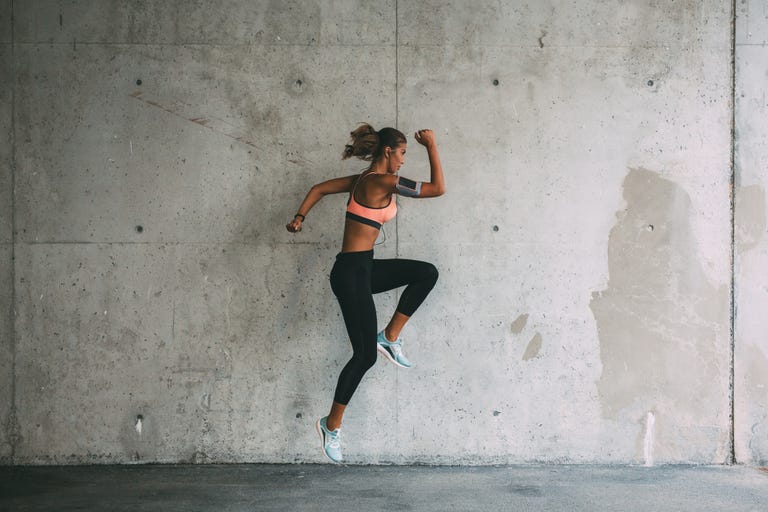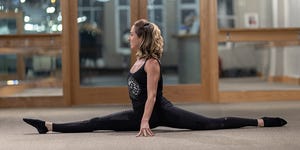
What good is a sculpted butt if you can’t squat down to pick up your keys? And TBH, toned biceps are kind of useless if you can’t even lift your gym bag.
That’s the mindset behind a type of training known as functional fitness. You may have heard this term floating around over the past couple of years—and its resurgence is partly due to the popularity of bodyweight training exercises and workout apps like Kayla Itsines’ Sweat With Kayla.
But functional fitness isn’t anything new—and you’ve likely done a variety of functional fitness exercises without knowing it.
What the heck is functional fitness anyway?
Functional fitness is about preparing you for life, rather than something specific like a big race or a lifting competition. Think anything from squatting down to pick something off of the floor, to turning and reaching for the oatmeal on a high shelf. This type of exercise mimics your everyday actions while engaging multiple muscle groups.



Suzette O’Byrne, an ACE-certified trainer, says that there are a few things to consider when it comes to functional fitness.
“Not all exercises are for everyone because everyone has individual needs, goals, and fitness levels,” she says. But for the most part, these moves will focus on balance (lunges, step-ups), strength (often combo moves, like standing bicep curls), cardio moves (often plyometrics-based), and exercises that require your body to move through different planes of motion (like multi-directional lunges).
And while a lot of moves focus on bodyweight, functional fitness may also include props (think battle ropes or suspension trainers) or weights (dumbbells and medicine balls) in some cases.
Okay, so what’s in it for me?
Not only does functional fitness improve the quality of your life (if you can’t pull on a tight pair of jeans without throwing out your back, are you really living?), but you will also notice a change in overall strength and stability, O’Byrne says. In turn, this creates a balance among your muscles and decreases your chance of injury.
And while this may sound pretty great, O’Byrne also notes that if you’re coming off of an injury or have mobility issues, you may want to check in with a trainer or P.T. before you start this training on your own.
How to add functional fitness into your routine
If your body is healthy and injury-free, try giving this workout a go. It focuses on those key multi-directional moves, to get you strong and steady for everyday life:
Source: Read Full Article
